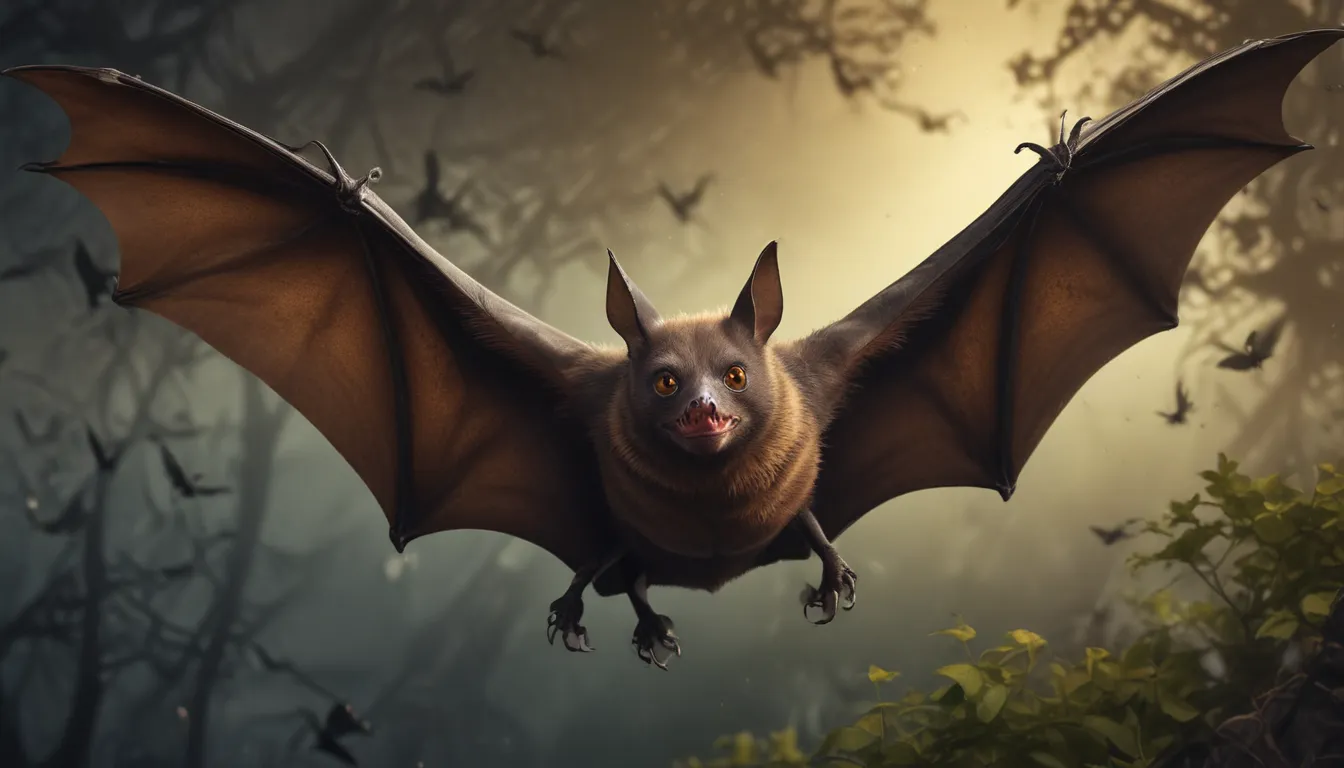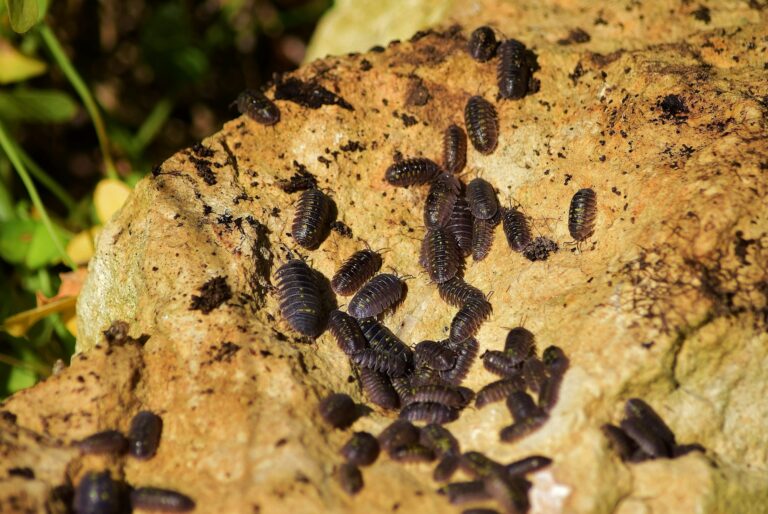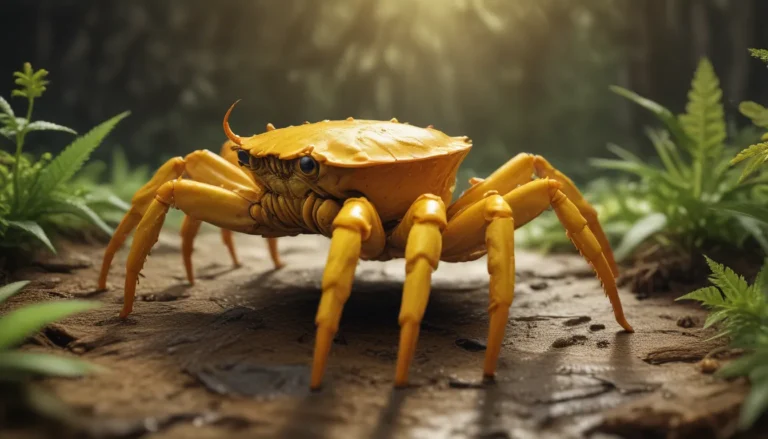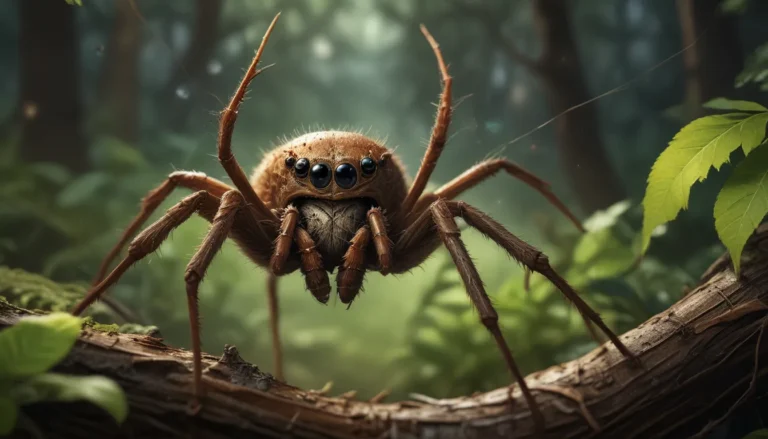The pictures we use in our articles might not show exactly what the words say. We choose these pictures to make you interested in reading more. The pictures work together with the words but don’t take their place. The words still tell you the important facts.
Bats, the only mammals capable of sustained flight, continue to captivate human curiosity with their unique biology, behavior, and ecological significance. From their impressive ability to fly to their vital role in pollination and insect control, bats play a crucial part in maintaining the balance of nature. Despite their portrayal in popular media as spooky or mysterious creatures, bats are gentle and shy animals with remarkable abilities that make them essential members of the animal kingdom.
Bats: The Master Flyers
Bats stand out as the only mammals capable of sustained flight, thanks to their elongated finger bones covered by a thin membrane of skin that forms their wings. This unique adaptation allows them to soar through the air with grace and precision, setting them apart from all other mammals.
A Global Phenomenon: Bats Found Everywhere
Bats' adaptability is truly impressive, as they can be found in almost every habitat worldwide, excluding Antarctica. From dark caves to dense forests, bats have managed to thrive in a wide range of environments, showcasing their resilience and versatility.
Diverse Bat Family: Over 1,400 Species
The bat family is incredibly diverse, with over 1,400 species ranging from the tiny bumblebee bat to the large flying foxes with wingspans of up to 6 feet. This variety in shapes and sizes highlights the remarkable biodiversity within the bat population.
Nighttime Navigators: Bats Are Nocturnal Creatures
Most bat species are nocturnal, relying on echolocation to navigate and locate their prey in the dark. By emitting high-pitched sounds and interpreting the echoes, bats can fly and hunt with precision even in complete darkness.
Essential Ecosystem Helpers: Bats and Pollination
Bats play a vital role in pollination by feeding on nectar and inadvertently transferring pollen from plant to plant. This process contributes to the biodiversity of various plant species and supports the health of ecosystems worldwide.
Longevity in Small Packages: Some Bats Live Up to 30 Years
Despite their small size, some bat species have relatively long lifespans, with certain individuals living for over three decades. This longevity showcases the resilience and adaptability of bats in various environments.
Seed Spreaders: Fruit Bats Aid in Seed Dispersal
Fruit bats play a crucial role in seed dispersal by consuming fruits and excreting the seeds in different locations. This helps spread plant species and promote the growth of forests and vegetation, underscoring the importance of bats in maintaining ecosystem health.
Immune System Wonders: Bats’ Unique Immunity
Bats possess a unique immune system that enables them to tolerate and resist various viruses, including those that are lethal to humans. Scientists are studying bats' immune responses to gain insights into combating human diseases more effectively.
Bloodsucking Specialists: Vampire Bats and Their Diet
Contrary to popular belief, most bats do not feed on blood. However, vampire bats, primarily found in Central and South America, possess specialized adaptations that allow them to feed on blood by piercing the skin of animals and lapping up the blood.
Insect Warriors: Bats Control Insect Populations
Bats are natural pest controllers, consuming thousands of insects in a single night, including mosquitoes and crop-damaging pests. This helps regulate insect populations and benefits agriculture by reducing the need for chemical pesticides.
Sonic Sleuths: Bats’ Excellent Hearing
With highly sensitive ears and echolocation abilities, bats can detect tiny insect sounds and navigate accurately in complete darkness. Their remarkable hearing plays a crucial role in their hunting and survival strategies.
Impressive Wingspans: Some Bats Reach Over 5 Feet
The sight of large bats with wingspans stretching over 5 feet is awe-inspiring, showcasing the impressive agility and maneuverability of these creatures as they glide through the air.
Vision vs. Echolocation: Bats Are Not Blind
Despite the myth, bats are not blind; they have well-developed eyesight. However, they rely more on echolocation for navigation and hunting in the dark, highlighting the sophistication of their sensory abilities.
Gentle Guardians: Bats’ Shy Nature
Contrary to their portrayal in horror movies, bats are generally harmless and avoid human contact whenever possible. Their role in maintaining ecosystem balance is crucial, as they contribute to the health and diversity of natural habitats.
Migration Marvels: Some Bats Travel Long Distances
Similar to birds, certain bat species undertake impressive migrations, traveling hundreds of miles in search of food and suitable habitats. Their long-distance journeys demonstrate their adaptability and survival instincts.
Winter Survival Strategy: Bats Hibernate
To conserve energy and survive cold temperatures when food is scarce, many bat species enter a state of hibernation during the winter months. This adaptive behavior allows bats to withstand harsh seasonal conditions.
Dietary Diversity: Bats’ Varied Diets
Bats exhibit diverse feeding preferences, with some species primarily consuming fruit, while others feed on insects, nectar, or even fish. Their dietary choices vary based on habitat and food availability, highlighting their adaptability to different environments.
Mythological Connection: Egyptian Fruit Bats in Ancient Egypt
The Egyptian fruit bat, also known as the flying fox, holds significance in ancient Egyptian mythology, where it was associated with rebirth and the protection of the sun god, Ra. This cultural connection underscores the historical importance of bats in human societies.
Social Structures: Complex Bat Communities
Many bat species exhibit intricate social behaviors, living in colonies and establishing hierarchies. Through vocalizations and scent marking, bats communicate with each other, showcasing their advanced social structures and group dynamics.
Ecological Powerhouses: Bats’ Impact on Ecosystems
As pollinators, seed dispersers, and insect controllers, bats play a significant role in maintaining the health and diversity of ecosystems worldwide. Their contributions to ecosystem balance and functioning make them indispensable components of natural habitats.
Embracing Bat Appreciation
In conclusion, bats are truly remarkable creatures with unique characteristics and behaviors that make them essential for ecosystem health. By dispelling misconceptions about bats and appreciating their ecological significance, we can ensure the preservation of bat populations for future generations to enjoy and benefit from their invaluable contributions to the natural world.
Frequently Asked Questions
- Are bats blind?
-
No, bats are not blind. They have relatively good vision but rely more on echolocation for navigation in the dark.
-
Do bats drink blood?
-
Not all bats drink blood. Only vampire bats, a small minority, feed on blood, while the majority consume insects, fruits, nectar, or fish.
-
Are bats dangerous to humans?
-
Bats are generally not dangerous to humans, as they are shy animals that avoid human contact. However, caution is advised to minimize the risk of disease transmission.
-
Can bats spread diseases?
-
Some bats can carry diseases like rabies, but the transmission of diseases to humans is rare. Avoiding contact with bats is recommended to prevent potential health risks.
-
Do all bats live in caves?
-
While many bat species roost in caves, some bats also live in trees, foliage, or buildings, depending on their habitat preferences.
-
How long do bats live?
-
Bat lifespans vary among species, with smaller bats living around 5-8 years and larger species reaching up to 30 years or more.
-
Are bats important for the environment?
-
Yes, bats play a crucial role in the ecosystem by controlling insect populations, pollinating plants, and dispersing seeds, contributing to overall ecosystem health.
-
Are bats endangered?
-
Some bat species are endangered due to factors like habitat loss, pollution, and disease. Conservation efforts are essential to protect and preserve bat populations.
-
Can bats be kept as pets?
-
Keeping bats as pets is illegal in many countries due to their wild nature and specific care requirements that are challenging to meet in captivity.
-
How can I help bats?
- You can support bat conservation efforts by engaging with conservation organizations, avoiding pesticide use, creating bat-friendly habitats, and educating others about the importance of bats in ecosystems.
By embracing the wonder and importance of bats in our world, we can foster greater appreciation and conservation efforts to ensure the continued well-being of these remarkable creatures. Explore the world of bats further to uncover more fascinating insights and deepen your understanding of these unique and essential members of the animal kingdom.






